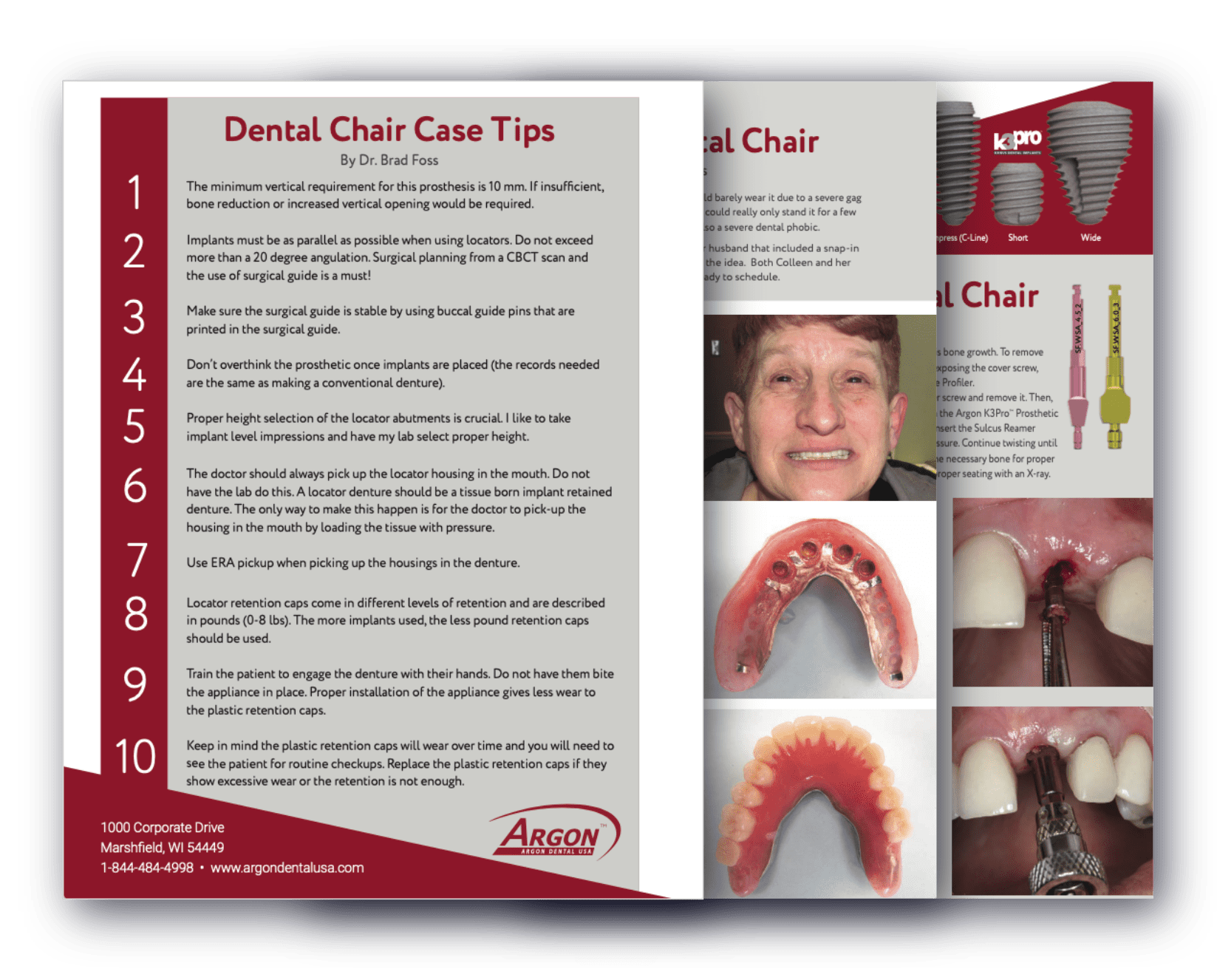Surgical Guide Techniques For Dental Implant Placement
October 6, 2023

Surgical guides help dental surgeons place implants most efficiently. When used properly, dental implant guides can take the guesswork out of dental implant placement and help reduce the duration of surgeries. They can assist surgeons in avoiding inadvertently causing damage to anatomic structures and limiting fenestration and dehiscence of the alveolar ridge at implant sites.
*Note: Though guided implant surgery involves more steps than freehand placement, it is highly effective when it comes to ensuring implant placement accuracy.
Here are three types of dental implant guides used by dental surgeons.
1. Tooth-Borne Guides
Tooth-borne guides are known for their adaptability. The main advantage of a tooth-borne guide is that it allows the tooth to be used for support, retention, and stability. Various studies have concluded that tooth-borne guides can help improve the accuracy with which implants are placed. Dental surgeons usually use them for fixed restorations. Before placing posterior implants using tooth-borne guides, dental surgeons should check available space and additional guided drill length.
2. Bone-Borne Guides
Bone-borne surgical guides are typically used for full-arch edentulous implants. They use load-bearing areas and the natural divergence of the alveolar ridge in maxillary and mandibular arches in a corona-apical direction for support. Because of the extent of flap reduction needed for access, bone-borne guides can be very tricky to create. Another drawback of bone-borne guides is that they may not be as effective when it comes to ensuring accurate intraoral placement. The shortcomings of bone-borne guides can be overcome with proper planning.
3. Mucosal-Borne Guides
As the name implies, mucosal-borne surgical guides use intraoral soft tissues for support and stability. A mucosal-borne surgical guide is usually fabricated using an existing removal prosthesis as a reference.
Treatment Planning
Dental implant guides allow dental surgeons to use a combination of supporting structures, including teeth, mucosa, bone, and, in some cases, existing implant components. In the case of full-arch edentulous implants, surgical guides could first help identify the need for reduction of the alveolar ridge and then assist in ensuring accurate placement of implant fixtures.
Stabilized pins can be used to transform a mucosal-borne guide into a guide that allows the use of mucosa and adjacent bony structures for support. Thanks to technological advancements, surgical guides created today are more accurate than ever before.
Implant guide manufacturers help dental surgeons plan procedures using intraoral scans and digital planning software. Once all the details have been finalized, surgical guides are fabricated using three-dimensional printers.
In partially dentate patients who need a full-arch implant-supported prosthesis, a combination of implant abutments and teeth can be used to support surgical guides.
Argon Dental offers a range of world-class dental implant solutions. Our experts have years of experience helping dental surgeons plan complicated dental implant procedures. To learn more, call 844-484-4998.



